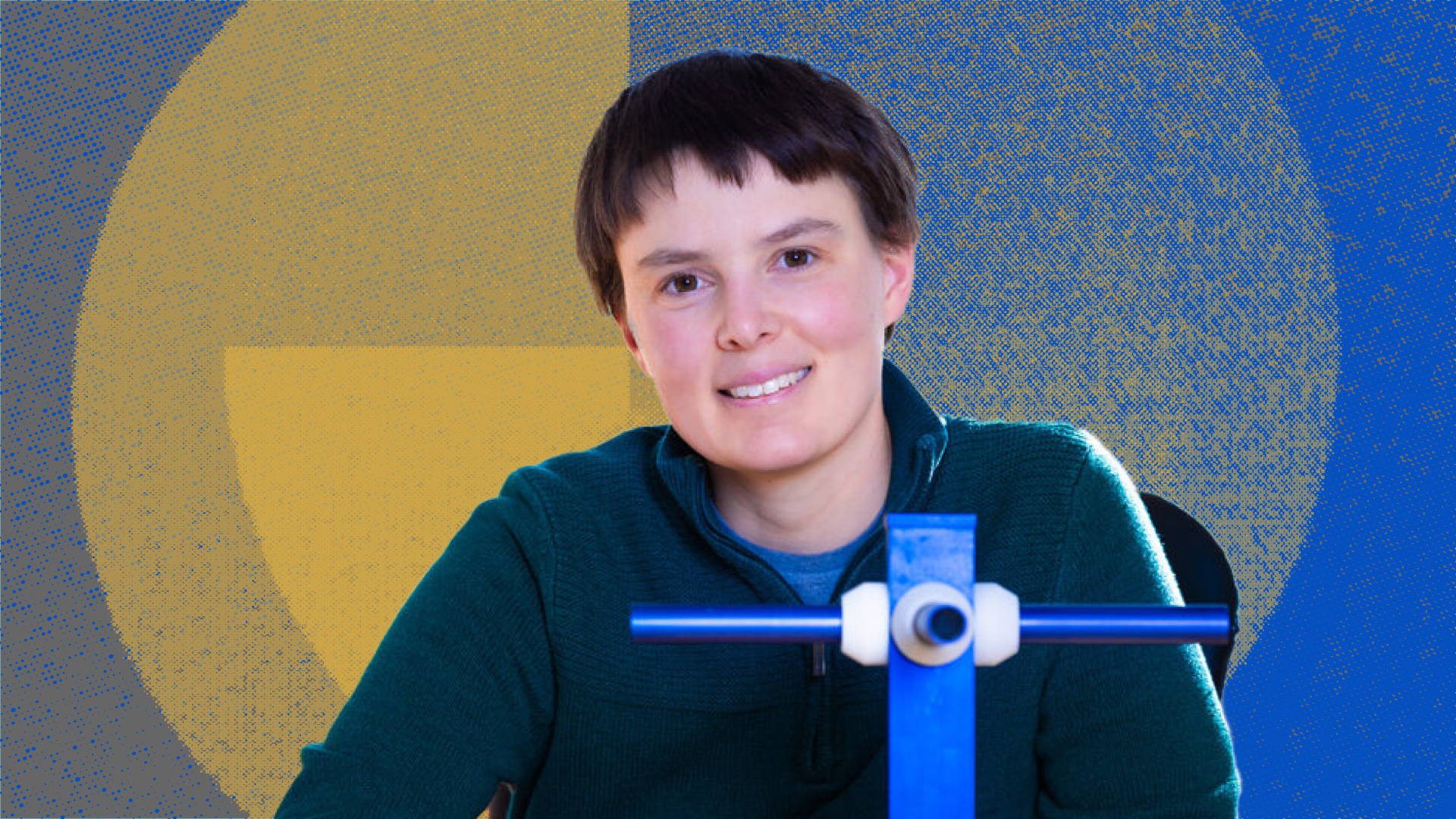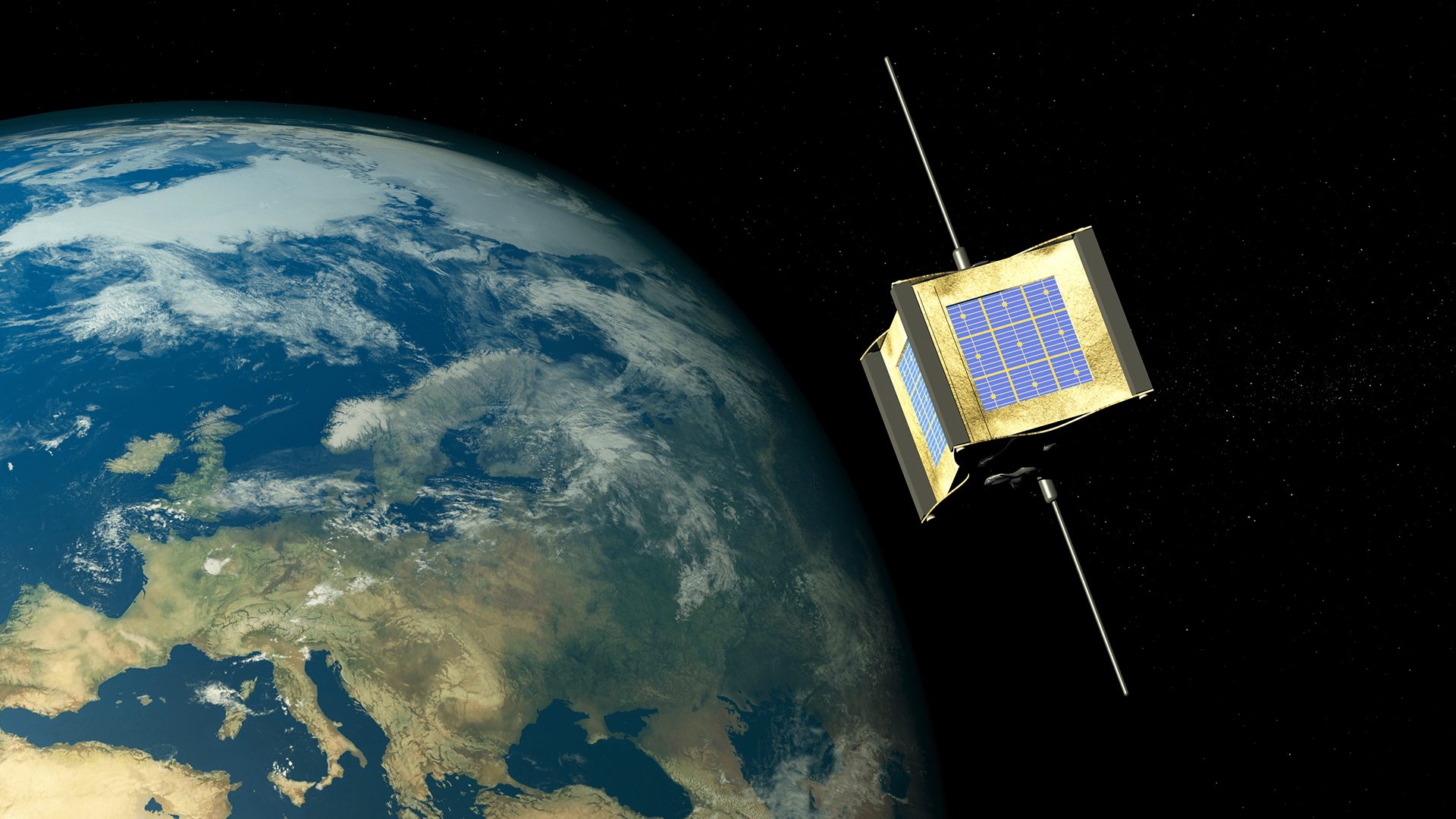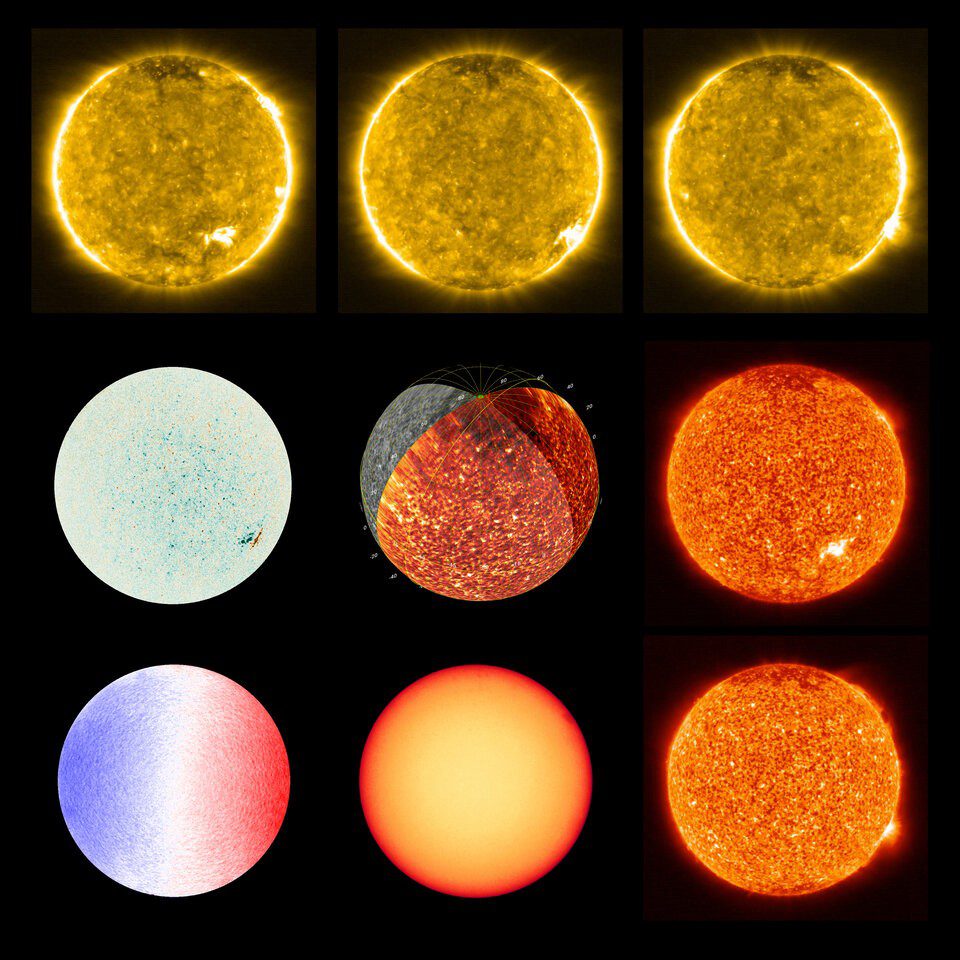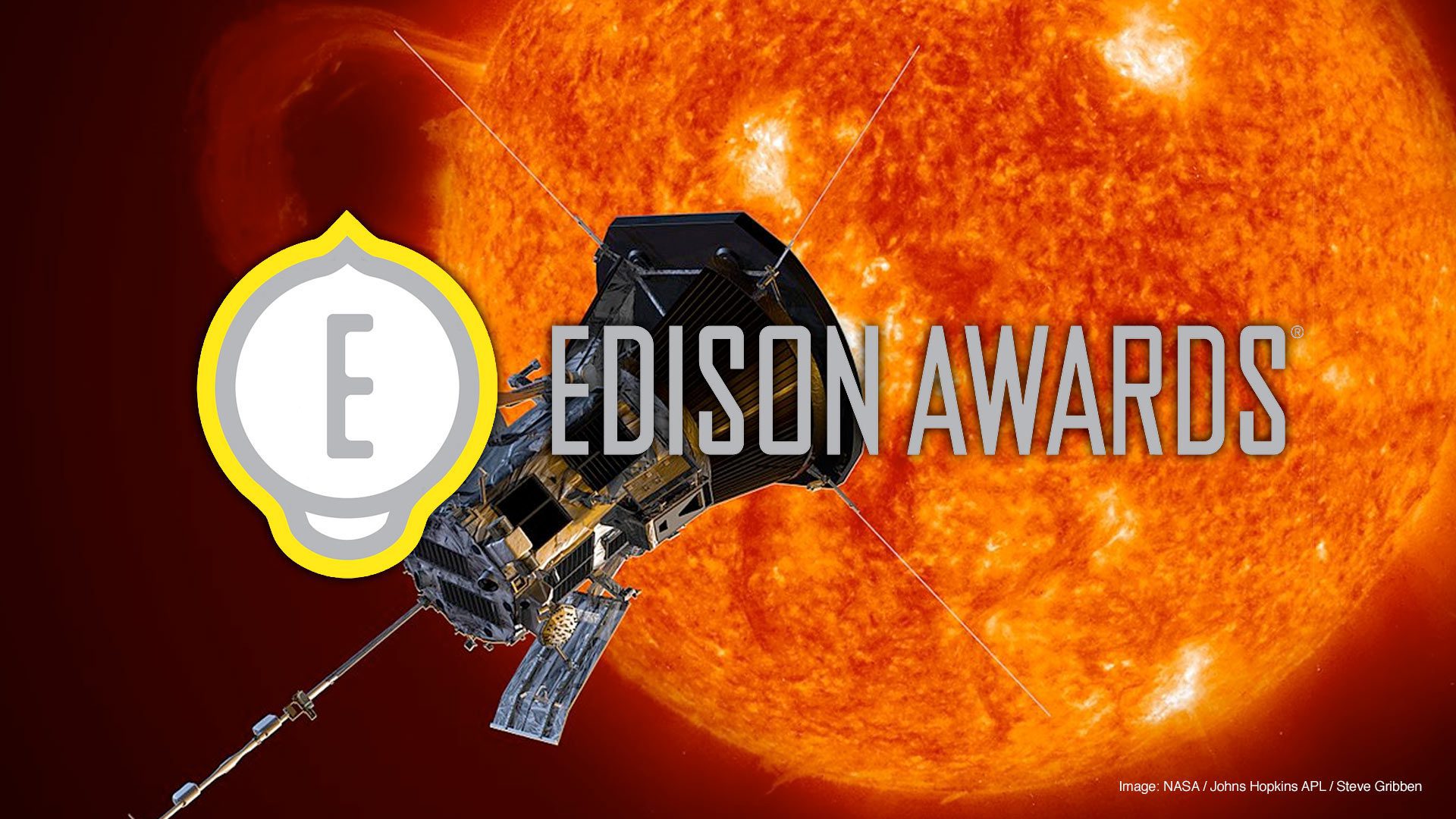Ocean and space
-

Leslie Lamarche: Using data to analyze the geospace environment
A research engineer at SRI’s Center for Geospace Studies says it’s essential to engage with researchers from other disciplines.
-

Shedding light on the inner workings of the Sun
SRI International researchers developed Active Pixel CMOS detectors for the U.S. Naval Research Laboratory’s Wide-Field Imager for Solar Probe (WISPR). This is the only imaging instrument aboard the Parker Solar Probe.
-

Making space research accessible to students, researchers and commercial entities
Researchers at SRI International worked alongside other experts to create CubeSat technology.
-

Making the business revolution in low earth orbit sustainable
By combining AMISR technology with a cloud-based SaaS platform, radar data was converted into actionable information that could be used to prevent orbital collisions.
-

SRI’s Manta underwater kite system to provide reliable, eco-friendly and cost-effective power from tides
SRI’s Manta system will harness the incredible power of tides and rivers.
-

Exploring the solar system with SRI’s CMOS Imager
Imagine watching the launch of a NASA planetary mission and knowing that technology you built is along for the ride. It must be thrilling, and SRI’s Jim Janesick knows the feeling well.
-

Victor Aguero talks about the business of space ( part 1)
Victor Aguero discusses the future of business in space, from satellite constellations to space traffic, and how these new technologies will augment business capabilities on earth.
-

SRI International’s CMOS Imager Aboard the Parker Solar Probe Mission Named Gold Winner of the Edison Awards
Global nonprofit research center recognized for contributions to NASA’s Solar Probe.
-

SRI International empowering NASA Parker Solar Probe to take a sun selfie
This award recognizes our innovative work in delivering Active Pixel CMOS detectors to optimize the imaging used by NASA’s Parker Solar Probe.
-

Spaceflight Industries’ SSO-A Flight Launches with SRI International’s CUBIT Technology Onboard, Developed to Track and Identify Low Earth Orbit Satellites
Over the last few years, CubeSats (miniaturized satellites) have risen in popularity due to their low cost and ability to obtain low-altitude orbits easily.